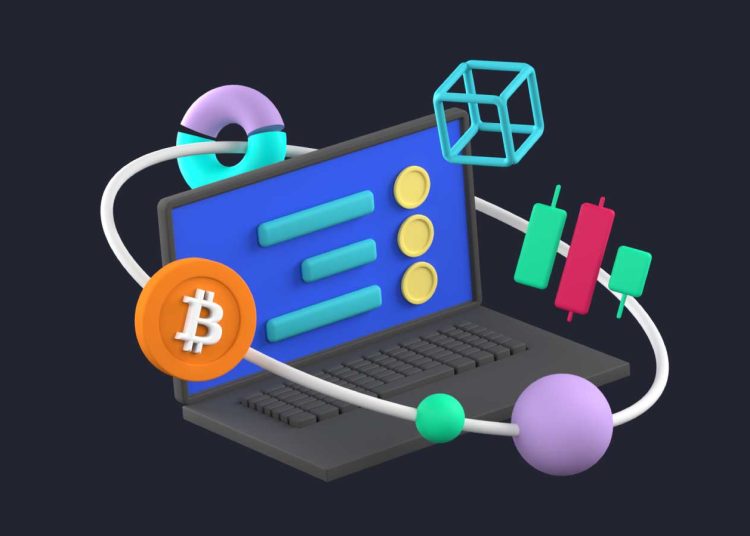Bid-ask spread is the difference between the highest price which a buyer is willing to pay for an asset as well as the lowest price that a seller is willing to accept.
A bid-ask spread is a difference between the highest price that a buyer is willing to pay for an asset and the lowest price that a seller is willing to accept for that asset. The spread is the transaction cost, where price takers can buy at the asking price and sell at the bid price; however, the market maker buys at the bid price and sells at the asking price. The bid actually represents demand, while the ask represents the supply of an asset. The bid-ask spread is the measurement of market liquidity.
Going even further, the bid-ask spread is dependent on liquidity, which means the more liquid a stock is, the tighter the spread it has. When an order is placed, the buyer or seller has an obligation to purchase or sell their assets at the agreed price.
Bid-ask spread can be high due to a multitude of factors. One of the key factors that play a role is liquidity, and when there is a significant amount of liquidity within a market for security, the spread is tighter. Assets that are traded heavily have a smaller bid-ask spread. The bid-ask spread is usually bigger for unknown or unpopular securities.
































Discussion about this glossary